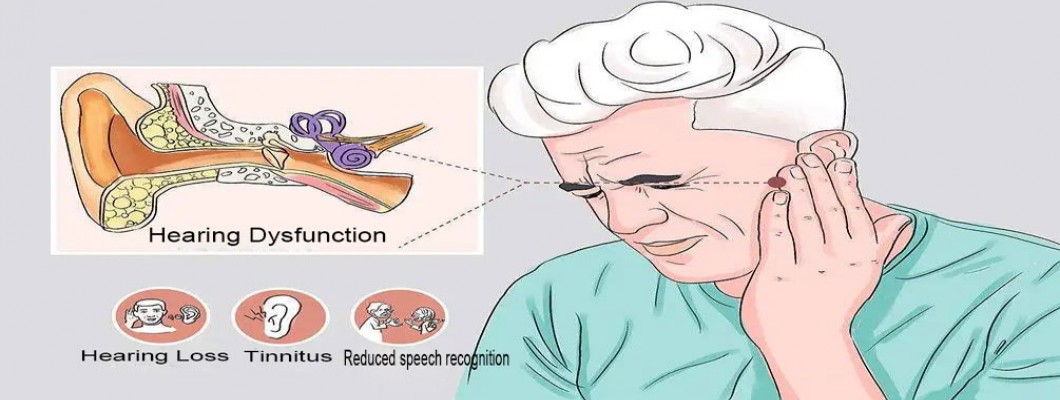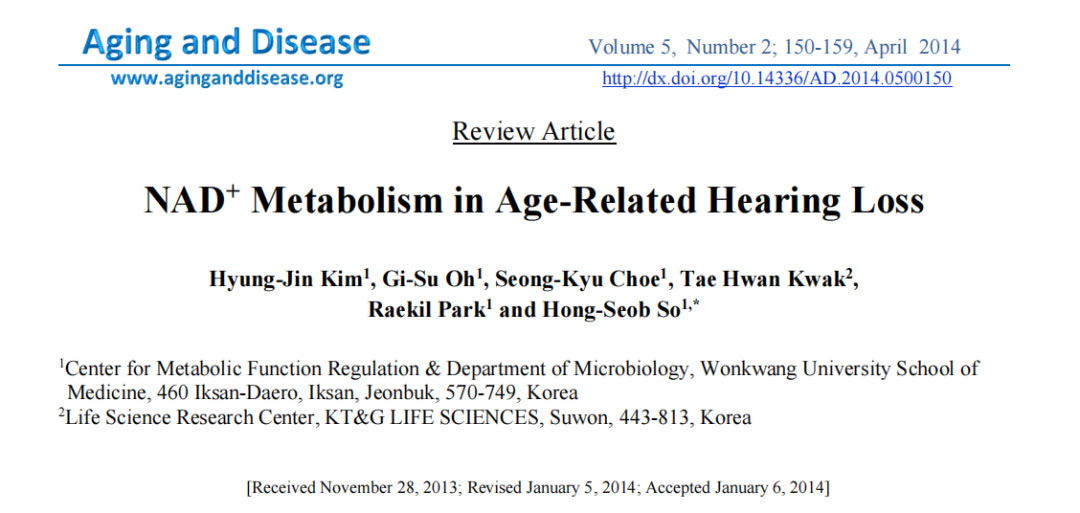
The number of people suffering from hearing loss is increasing every year.
In fact, as the population ages, the number of people suffering from hearing loss is gradually increasing, but only a very small number of people will come forward to seek help and receive hearing solutions.
Many people miss out on early recovery because they have little knowledge of the causes of hearing loss and its impact on their lives, and because they do not know how to prevent and treat it. As hearing loss progresses, it becomes more difficult to treat and has a more serious impact on communication and quality of life.
In 2021 the World Health Organisation released the World Hearing Report, which showed that one in five people worldwide are currently hearing impaired and it is expected that by 2050, 2.5 billion people will be affected by hearing loss.
The PSA Charitable Foundation's Senior Hearing Screening Report found that the prevalence of disabling hearing impairment in seniors over the age of 65 is 40%, which equates to 4 out of 10 seniors with hearing impairment.
So what are the causes of hearing loss? Generally we see it most often as a result of long-term exposure to noise and ageing, as well as other factors such as genetics, disease, infection and medication triggers.
In recent years researchers have conducted extensive long-term animal and clinical studies on the causes and prevention techniques of hearing loss and on the new anti-ageing ingredient NMN, in the hope of improving the degree of hearing loss. The results have been surprising in that NMN has been found to be particularly effective in the prevention and treatment of hearing loss in humans and animals.
NMN for age-related hearing loss Has a therapeutic effect
Age-related hearing loss (ARHL) is a degenerative condition characterised by age-dependent, progressive increases in auditory sensitivity thresholds, mostly affecting people over the age of 65.
Various factors, including genetic and environmental components, are known to influence the onset and severity of ARHL. In particular, age-dependent changes in cellular oxidative stress and inflammatory responses, accompanied by alterations in cellular signalling and gene expression, progressively affect the function of the auditory system and ultimately lead to hearing impairment.

In 2014, researchers published a review article - 'NAD+ metabolism in age-related hearing loss' - in the journal Aging and Disease Mechanisms, exploring the role of NAD+ metabolism in ageing and age-related diseases, which found that NAD+ prevention, treatment of age-related The results found that NAD+ prevention, treatment of age-related diseases, is equally applicable in hearing and has a very high potential for the treatment of deafness.
Since then, researchers have continued to explore ways in which NAD+ and supplements can save hearing.
In 2020, researchers investigated the relationship between NAD+ levels and deafness in animal models of CS (patient-derived fibroblasts). The results showed that in CS cells and mice with low levels of nicotinamide adenine dinucleotide (NAD+), a brief intervention (only 10 days) with injection of NAD+ precursors could rescue progressive high frequency hearing loss.
NMN can be prevented and treated Noise-induced hearing loss
Noise exposure is the leading cause of hearing loss worldwide and it causes degeneration of the cochlear cells.
The cochlea is an inner ear structure that responds to sound vibrations. In this structure, the cochlear hair cells are connected to the nerves in the brain that receive sound information and thus transmit the sound to the brain.
Under intense noise exposure, the hair cells release neurotransmitter molecules that disrupt the connections between the cochlear hair cells and the afferent nerves. Continuous noise exposure can lead to permanent damage to these structures as well as permanent hearing loss.
Cornell University scientist Professor Samie R. Jaffery and colleagues found that injecting mice with NAD+ precursors activated SIRT3 (a protein that prevents damage to the neural connections between the ear and the brain) in cochlear cells, preventing hearing loss caused by noise exposure, in a study published in the Cell Metabolism.
The results showed that the injection of NAD+ precursors was effective in blocking the transient threshold shift at 24 hours and the permanent threshold shift at 14 days compared to control mice, whether administered only during the first 5 days of noise exposure or during the 14 days following noise exposure.
Toxicology of NMN against cisplatin-induced ototoxicity.
In addition to conductive and neurological hearing impairment, drug-induced hearing impairment is also more common, such as cisplatin-induced ototoxicity.
In fact, cisplatin is a platinum-containing anti-cancer drug that has shown clinical efficacy against a wide range of solid tumours including ovarian, prostate, testicular, lung, nasopharyngeal, oesophageal, malignant lymphoma, head and neck squamous, thyroid and osteogenic sarcoma, and is one of the most commonly used drugs in combination chemotherapy today.
However, cisplatin can also have some adverse effects, including ototoxicity, which can include tinnitus and reduced high frequency hearing.
In 2021, the researcher published a study in ScienceDirect on the toxicology of NAD+ biosynthesis-regulated activation of SIRT1 that can resist cisplatin-induced ototoxicity.
Supplementation with a specific inhibitor of ACMSD (CMSD is the rate-limiting enzyme of the NAD+ ab initio synthesis pathway) was found to promote SIRT1 activity, increase mtDNA content and enhance AMPK expression, resulting in a significant reduction in hair cell loss and deformation.
This protection was blocked by a specific SIRT1 inhibitor, EX527. Meanwhile, the use of NMN, which shows beneficial effects on hair cells under cisplatin administration, effectively inhibits PARP1 and protects hair cells in cisplatin-treated mice and zebrafish.
The results suggest that NMN supplementation, which elevates cellular NAD+ levels, is a promising therapeutic approach to protect hearing , from cisplatin-induced ototoxicity.

Leave a Comment